An increasing number of people are becoming aware of the importance of maintaining their health. Whether it’s due to the exposure social media has given the world of fitness, or because it’s meant as a response to a dire physical need to strengthen the body, the fitness industry has enjoyed a spike in the number of enthusiasts and aspiring athletes.
However, as we all know by now, the ongoing pandemic has required us to use face masks in public areas. Masks need to be worn even at gyms and while working out outdoors. Masks make it difficult to breathe even without exercising, but is there really a danger in wearing a mask while working out? Here are some things we need to know in order to determine the risks.
Myth: Masks Decrease Oxygen Levels
A common misconception about exercising with masks is that masks reduce the levels of oxygen that you breathe in. This notion was sparked by news when a man collapsed while running with a mask on. The truth of the matter is that masks do not decrease the level of oxygen your body receives, but merely restricts air flow. Therefore, exercising with a mask does not cause hypoxemia. Studies have shown that masks become a significant hindrance only during cardio exercises. This effect is further compounded when the mask gets drenched in sweat, making it even more difficult to breathe. Those who do weight lifting and isometric exercises are not significantly hindered by masks.
Exercising Without Masks
Some people might consider exercising at the gym without a mask on, but the truth is that doing so dramatically increases the risk of getting infected and spreading the infection. Social distancing measures alone are not enough at preventing infection because once we start breathing heavily, the distance that the virus can travel increases up to 20 feet. Then there’s also the fact that if a COVID-positive person worked out before you, the droplets may linger in the air for several hours depending on how often the air is vented out. Be sure to keep your mask on, especially at the gym.
Training Masks
The good news is that more athletics companies are coming out with face masks that are geared toward athletic performance. This means that you’re bound to have a lot of choices available if you need a workout mask. These masks are likely to prioritize breathability, moisture resistance, and protection from viral droplets. Alternatively, three-ply masks may serve as a sufficient means of protection, but it’s unlikely that anyone would be comfortable working out in these kinds of masks.
Contraindications to Exercising With a Mask On
It’s generally safe to exercise with a mask on, but the fact that different people have varying fitness levels should also be considered. Athletes almost always have relatively high fitness levels, and are likely to experience fatigue much faster because of the restricted ventilation. However, those who train regularly may be more tolerant of the reduced air supply during moderate-intensity exercises. In fact, in some instances, exercising while wearing a mask may even improve lung health by strengthening the respiratory musculature (because the lung muscles are forced to work harder). This improves the endurance capacity of well-trained athletes.
Inversely, people who don’t train regularly are especially at risk from breathing problems should they choose to exercise with a mask. on. This is because their bodies are not conditioned to adapt to limited ventilation in the same manner that the bodies of athletes are, meaning that there is a significantly higher risk of life-threatening conditions such a sudden cardiac arrest.
What If I Decide to Work Out With a Mask On?
When working out with a mask on, be wary of signs that your body is deprived of oxygen. If you feel light-headed or dizzy, it’s best to stop your exercise immediately and to rest for a while. If you really must exercise without a mask, we suggest working outside instead, with a distance of at least 20 feet from other people. This distance gives the particles time to disperse. Being outdoors in itself significantly decreases the risk for infection because the viral particles do not survive outdoors as long as they do indoors. Pick a time and place where there aren’t many people exercising (usually in the wee hours of the morning).
Alternatively, those with a home gym do not need to exercise with a mask on, especially when you’re the only person using and maintaining your equipment. This is the safest way to exercise as you do not expose yourself to the virus or to the risks of oxygen deprivation.
The need to maintain our health has never been more important than it is today, but it shouldn’t come at the expense of our safety. It’s important to always wear a mask, but it’s also important to be able to understand the limits of the body so that we’re able to assess the risks involved. Fitness levels vary between individuals, and it’s important to know your body. There are certain exercises that shouldn’t be performed by people with low physical fitness.
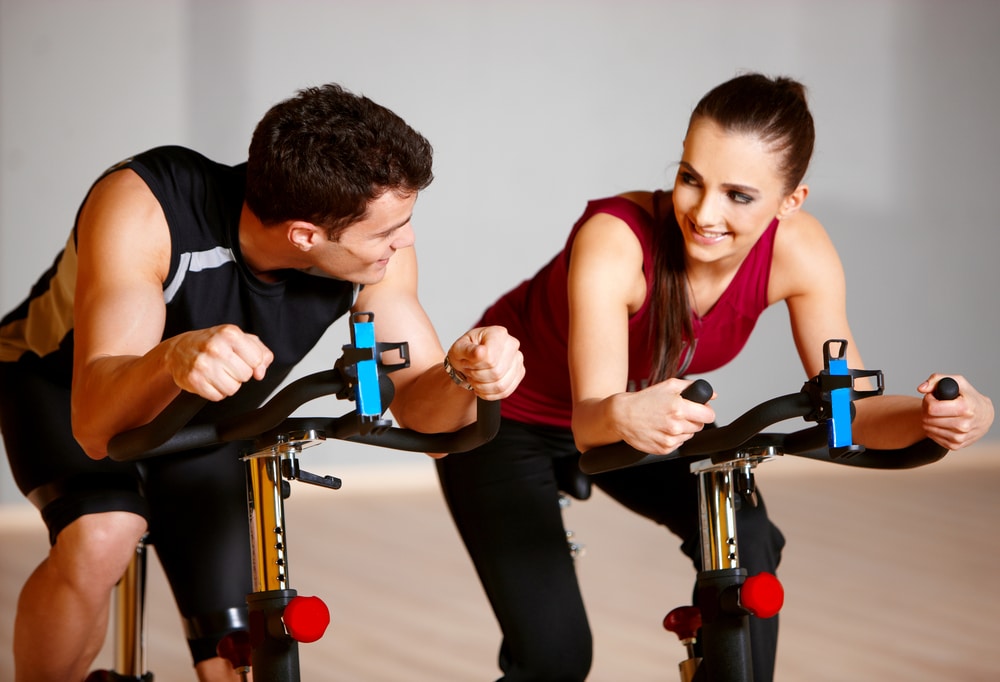
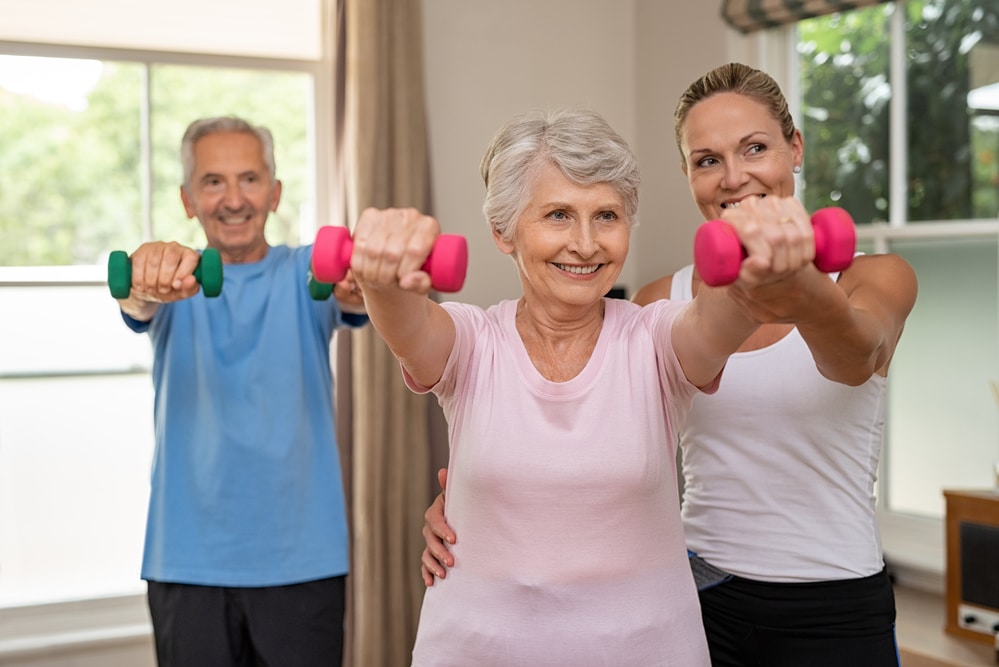
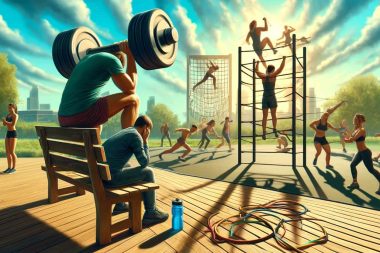



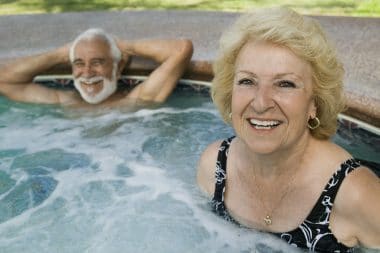
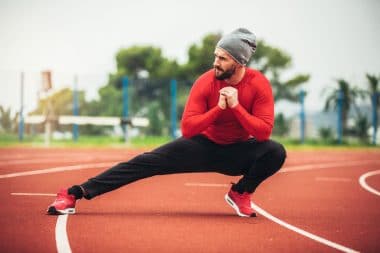
Reply